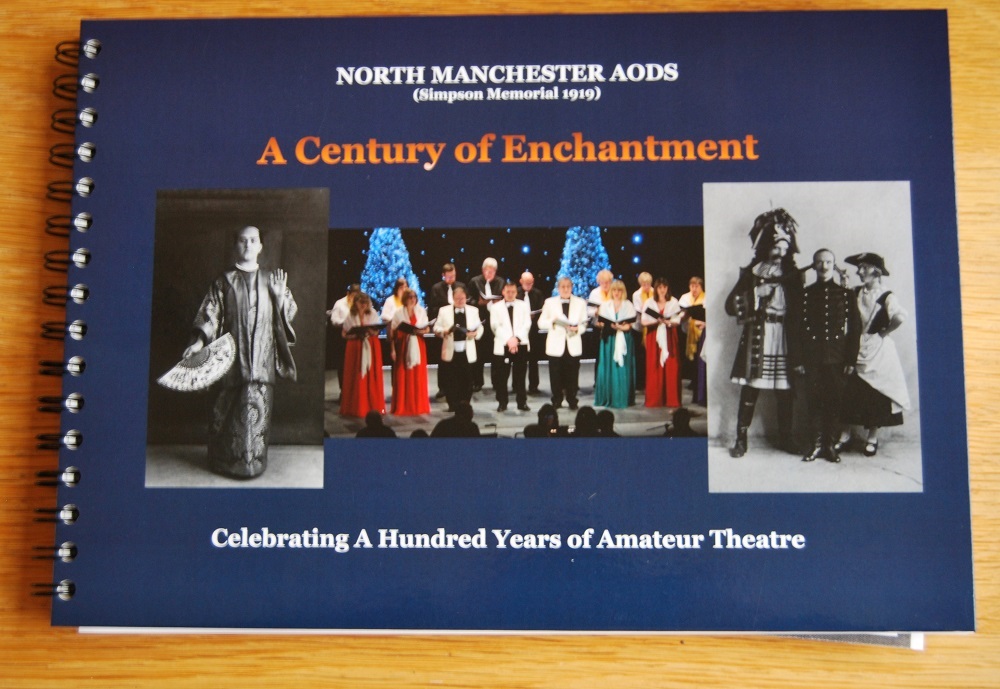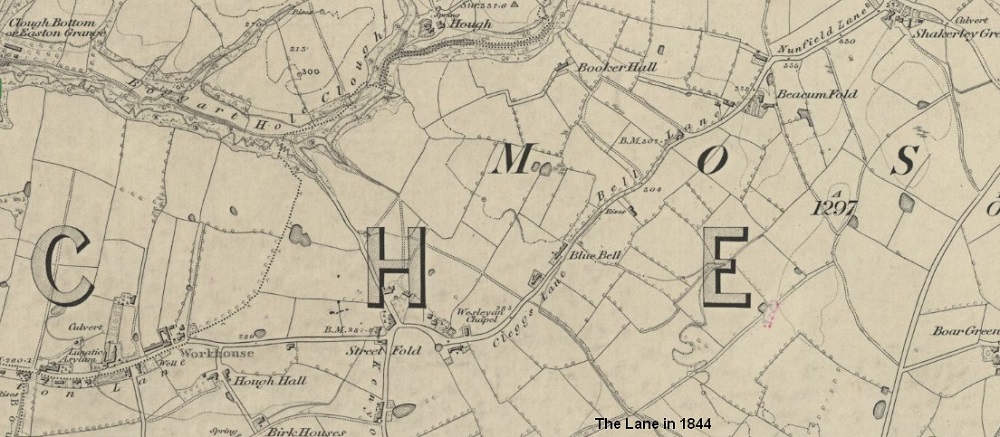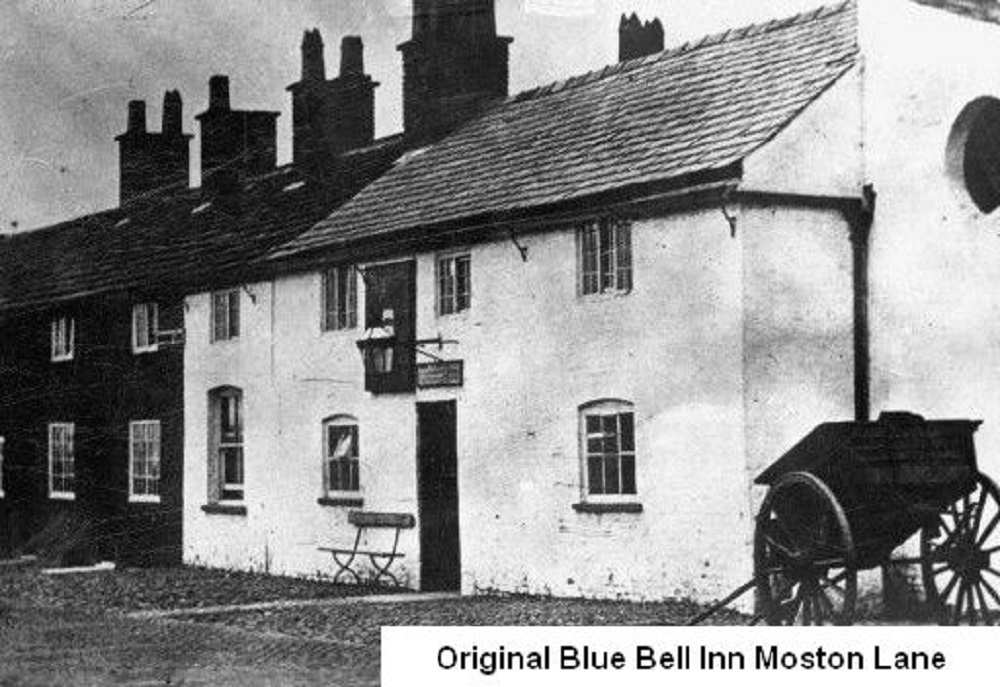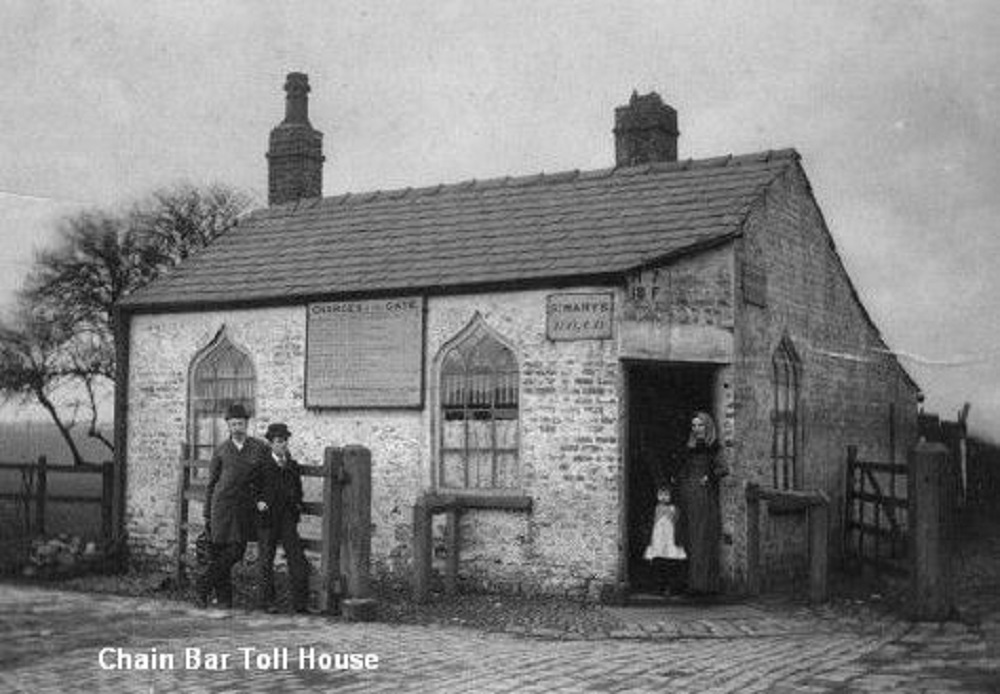
It’s the time of year for welcoming guests and offering hospitality. Last week North Manchester Amateur Operatic and Dramatic Society took to the stage at NWTAC’s theatre on Lightbowne Road, Moston, taking advantage of an excellent facility and support team.
The Black and White Mikado ran for four nights and I joined a packed audience for the opening show on Wednesday 8th December. I use the term ‘show’ loosely. The Mikado is an ‘operetta’ (part opera, part dialogue) and, typical of a Gilbert and Sullivan composition, has a light-hearted, comedic storyline.
Originally set in Japan and lavishly colourful this version is very ‘1920’s British’ with art deco scenery and matching black and white costumes. The effect is striking and works well, along with adaptations to the original script.
Even if you think you don’t know ‘The Mikado’ you will almost certainly be familiar with several of its musical numbers: A Wandering Minstrel, The Flowers That Bloom in the Spring, Three Little Maids From School Are We… and more. If you don’t recognise them, I can only assume that you played truant from school.

Charlotte Crossley took the lead female role, Yum-Yum. She has a delightful voice, clear as a bell. She reminded me of a fresh faced Julie Andrews and I’d be delighted to see her take on a part like Mary Poppins or Maria Von Trapp. I’m certain she could rival Julie any day.
Seb Lassandro, aka Ko-Ko (the Lord High Executioner), was perfectly cast. He entered the stage with his ‘little list’ speech which, in keeping with tradition, included current famous and infamous miscreants who deserve his ‘executioning‘ talents. The audience nodded their approval several times and one or two suggested victims even got cheers. I may have heard a certain Boris mentioned.
Seb’s lively portrayal of Ko-Ko was animated and thoroughly entertaining. He charmed the audience and gained much sympathy for inadvertently losing his young charge, love and future bride Yum-Yum to the Wandering Minstrel Nanki-Poo, played by Lawrence Shoebridge.
I was genuinely impressed by the repertoire and wealth of experience that the leads and supporting cast brought to this production; Jill Ratcliffe, Dave Seager, Mike Nash, Jack Brierley, Rebecca Tonge and Steph Eckhardt played their characters convincingly.

The producer, Paul Allcock did a superb job of pulling everything together to make The Black and White Mikado a successful stage production; opera singers, actors and wider cast, dancers and musicians included. The latter earned applause for their impeccable timing, so too the dancers from the Anita Tymcyshyn School of Dancing for bringing grace and elegance into the mix. Well done all!
The programme included an introduction from the Society’s Honorary President David Gordon and a thank you to the audience “without whom there would be no shows and no society”. How true.
North Manchester AODS have existed for decades. They haven’t performed a show this extravagant for some time, notwithstanding the interruption presented by Covid.
A few weeks ago Nick Lowe, Secretary, Gentleman of Japan, Assistant Producer, Projectionist and professional multi tasker loaned me a book on the history of the Society ‘celebrating a hundred years of amateur theatre’. It is AWESOME. Contact Nick if you want a copy because I’m keeping mine.

There is a quote in it by the Blackley Guardian about the first show that took place in 1920.
“The Simpson Memorial Amateur Dramatic Society, Moston, has scored a great success in the presentation of Gilbert and Sullivan’s comic opera THE MIKADO….The Society is to be congratulated firstly on it’s selection and secondly on the manner in which it was performed.”
A century on and I couldn’t sum it up better.










